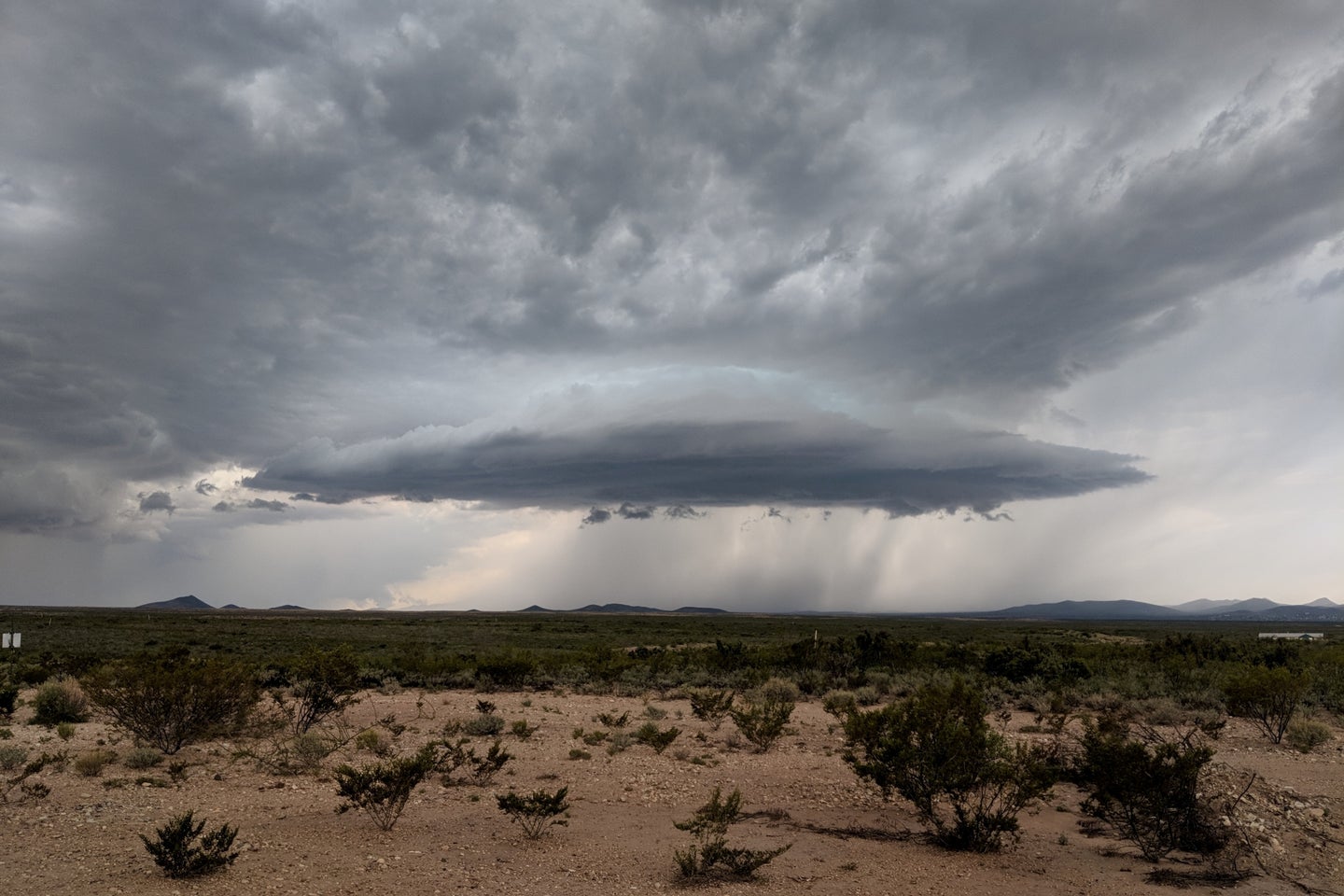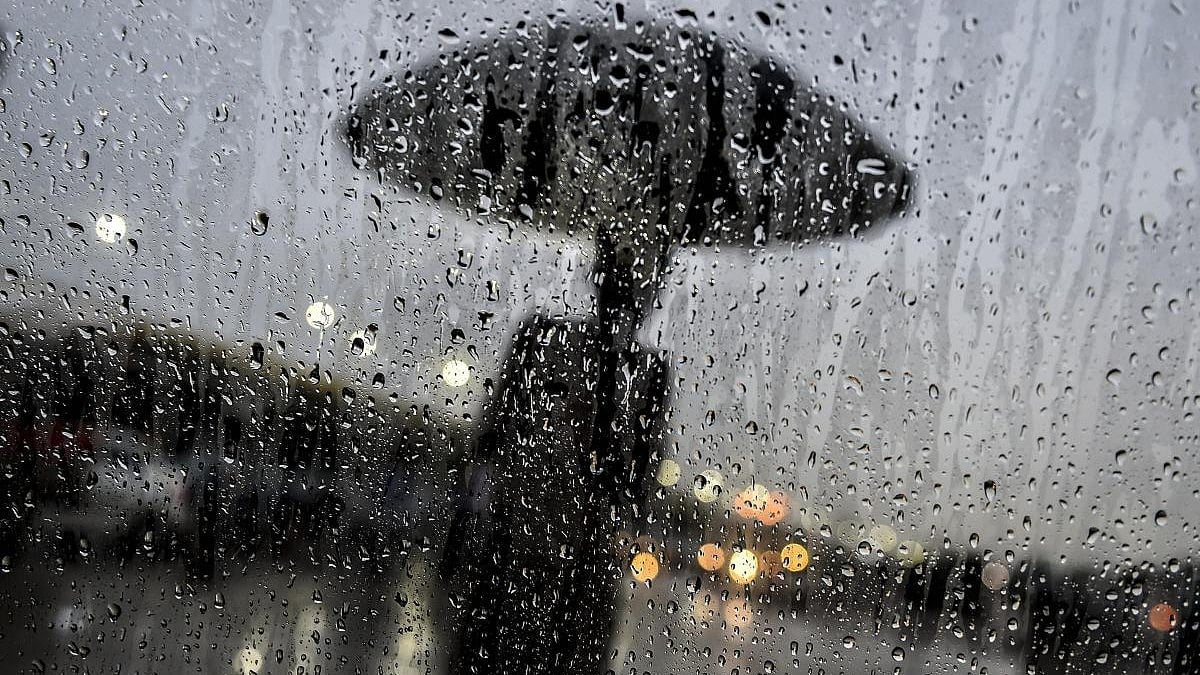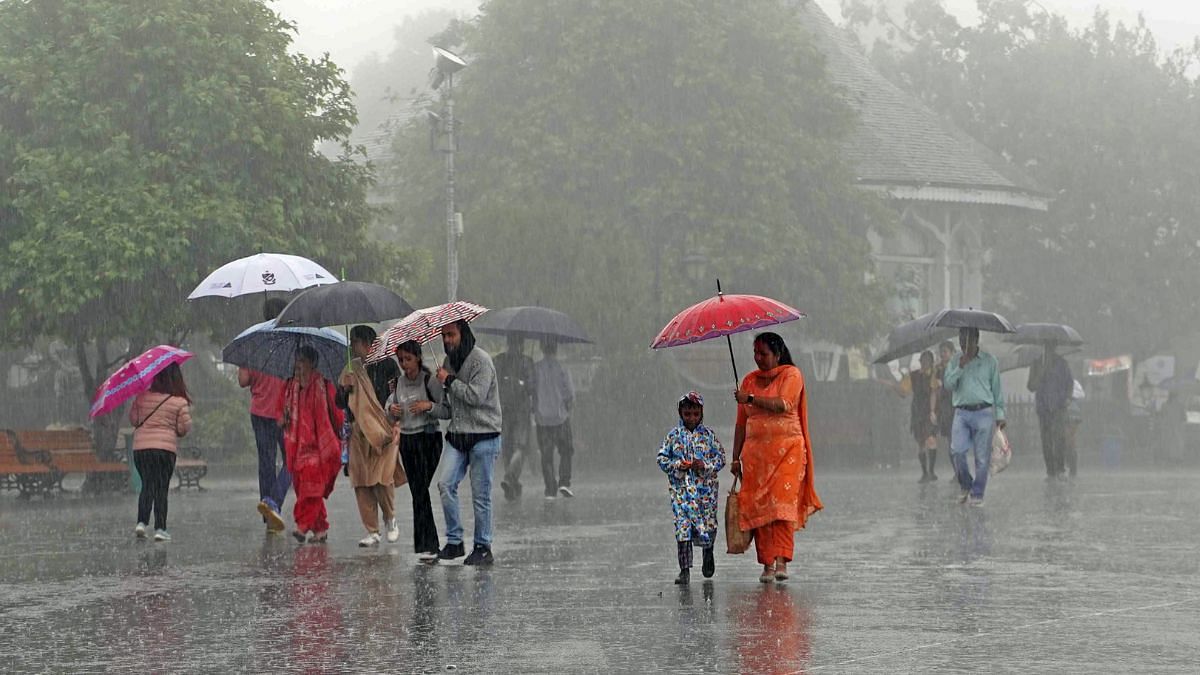Monsoon Withdrawal Initiated; Northwest Rainfall to Persist till October 2023

Monsoon Withdrawal Initiated; Northwest Rainfall to Persist till October 2023
The monsoon season, a lifeline for agriculture and water resources in India, is known for its arrival in June and withdrawal in September. However, this year, Mother Nature seems to have had a different plan.
The monsoon withdrawal process has been delayed, and rainfall in the northwestern parts of the country is likely to continue into October.
This unexpected turn of events has significant implications for various sectors, including agriculture, water management, and the environment.

Traditionally, the Indian monsoon season starts in early June, with the southwest monsoon bringing much-needed rain to various parts of the country.
This seasonal phenomenon plays a pivotal role in replenishing water reservoirs, nourishing crops, and supporting ecosystems. As the monsoon progresses, it gradually covers the entire nation.
However, by September, the withdrawal process typically begins, retreating from northwest to southeast.
This year, meteorologists and climate scientists have noted an unusual delay in the monsoon withdrawal. The southwest monsoon usually begins its retreat around the first week of September, marking the transition to the post-monsoon season. However, as of late September, the withdrawal process has not progressed as expected.

Several factors contribute to this delay, including the persistence of weather systems in the region, changes in climate patterns, and the influence of phenomena like the Indian Ocean Dipole and El Niño. These complex interactions have disrupted the traditional monsoon withdrawal pattern, keeping many regions, particularly in northwest India, under the influence of monsoon rains well into October.
The delayed monsoon withdrawal has both positive and negative consequences for agriculture. On the one hand, the extended rainfall period can benefit crops in some areas by providing additional moisture during the post-monsoon season. Farmers in regions like Punjab, Haryana, and western Uttar Pradesh may experience improved crop yields due to the delayed withdrawal.
On the other hand, prolonged monsoon rains can also lead to waterlogging, fungal diseases, and damage to mature crops, particularly in areas where harvesting should have commenced by now. The erratic weather patterns pose challenges for farmers in managing their agricultural operations efficiently.

The delayed monsoon withdrawal has had a significant impact on water reservoirs across the country. Reservoirs that usually begin to recharge during the monsoon season are still filling up due to continuous rainfall.
While this is beneficial for ensuring an adequate water supply for various uses, including irrigation and drinking water, it also raises concerns about potential flooding and excess water management.
Water resource managers need to carefully monitor reservoir levels and release water as needed to prevent dam breaches and flooding in downstream areas. The situation requires a delicate balance between storing water for the dry season and managing excess water to avoid disasters.
Extended monsoon rains have positive and negative consequences for the environment. On one hand, the extra moisture can rejuvenate ecosystems, replenish groundwater, and revive wetlands and lakes. This can benefit wildlife and aquatic habitats, helping preserve biodiversity.

However, the continuous rainfall also increases the risk of landslides, soil erosion, and flooding in vulnerable regions. These events can have a detrimental impact on the environment, causing habitat destruction and loss of life.
The delayed monsoon withdrawal and continued rainfall in northwest India into October are a clear departure from the typical monsoon pattern.
While there are both advantages and disadvantages associated with this prolonged rainy season, it highlights the need for adaptive strategies in agriculture, water resource management, and disaster preparedness.

As climate patterns continue to evolve, understanding and adapting to these changes will be crucial for ensuring food security, water availability, and environmental sustainability in India.




